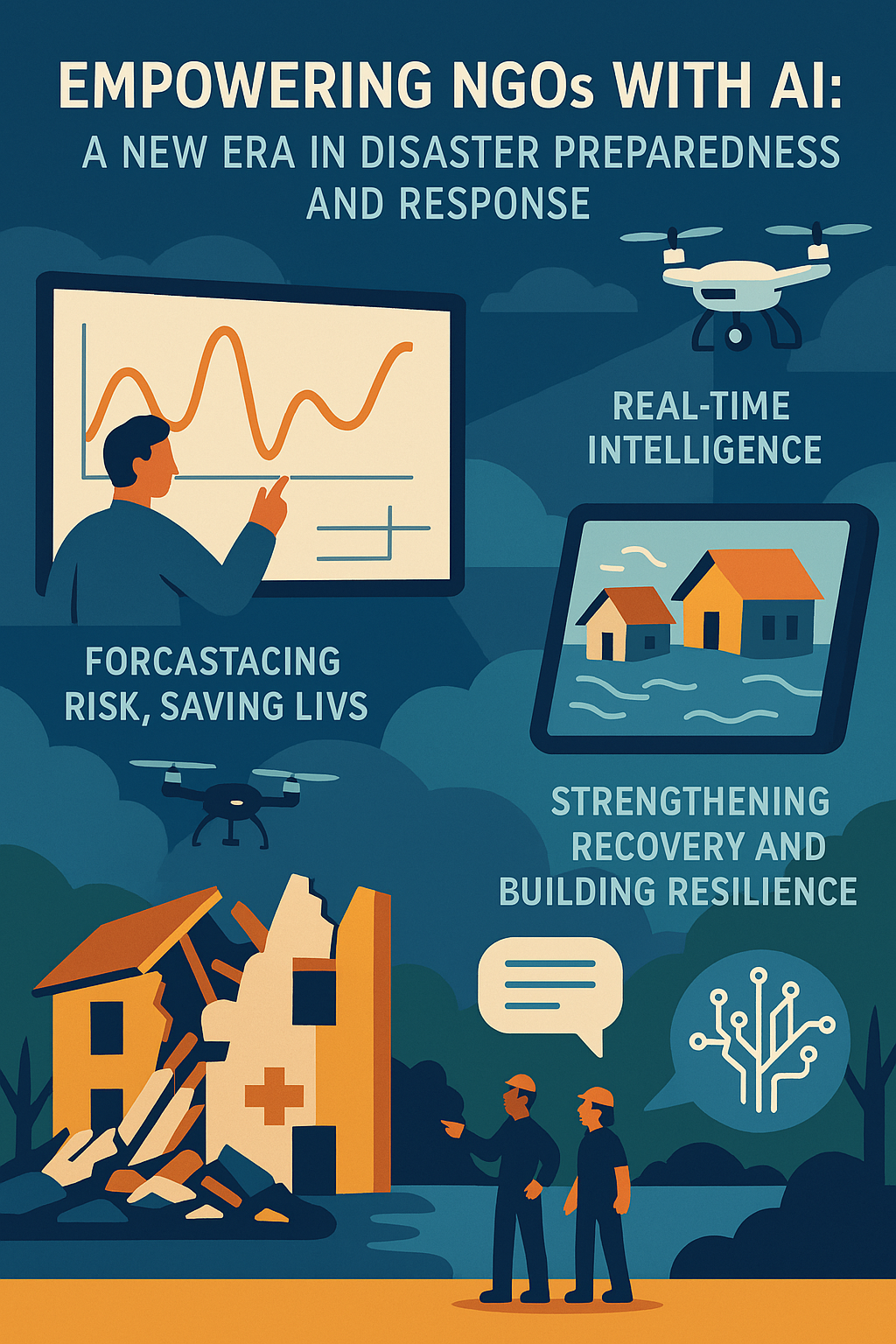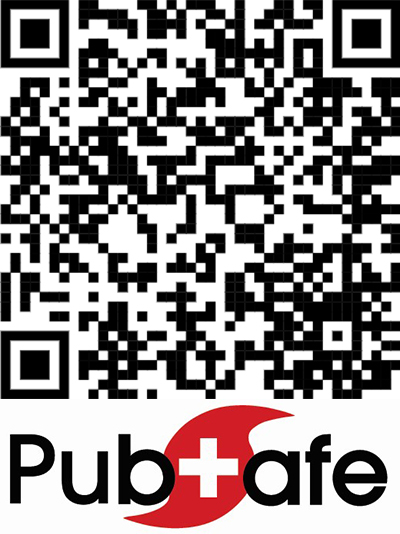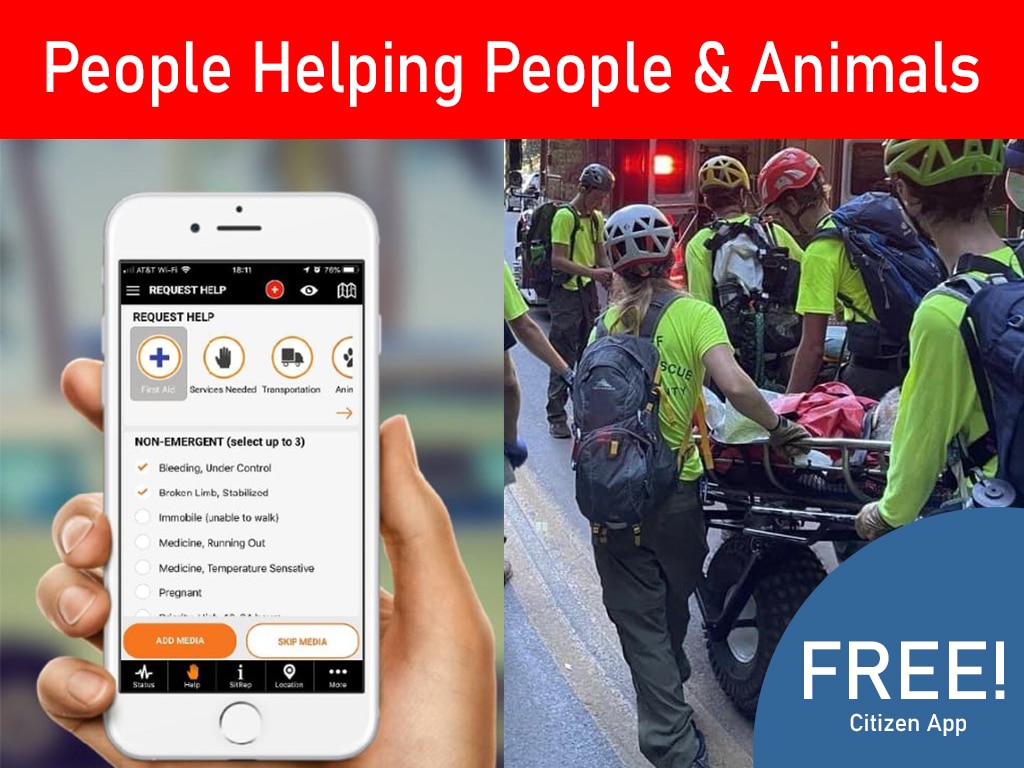Empowering NGOs with AI:
A New Era in Disaster Preparedness and Response
Natural disasters don’t wait. They strike swiftly, often with devastating consequences—and it’s non-governmental organizations (NGOs) on the frontlines, coordinating aid, saving lives, and rebuilding communities. In this high-stakes landscape, artificial intelligence (AI) is becoming an indispensable tool, helping NGOs amplify their impact and act with greater speed, precision, and foresight.
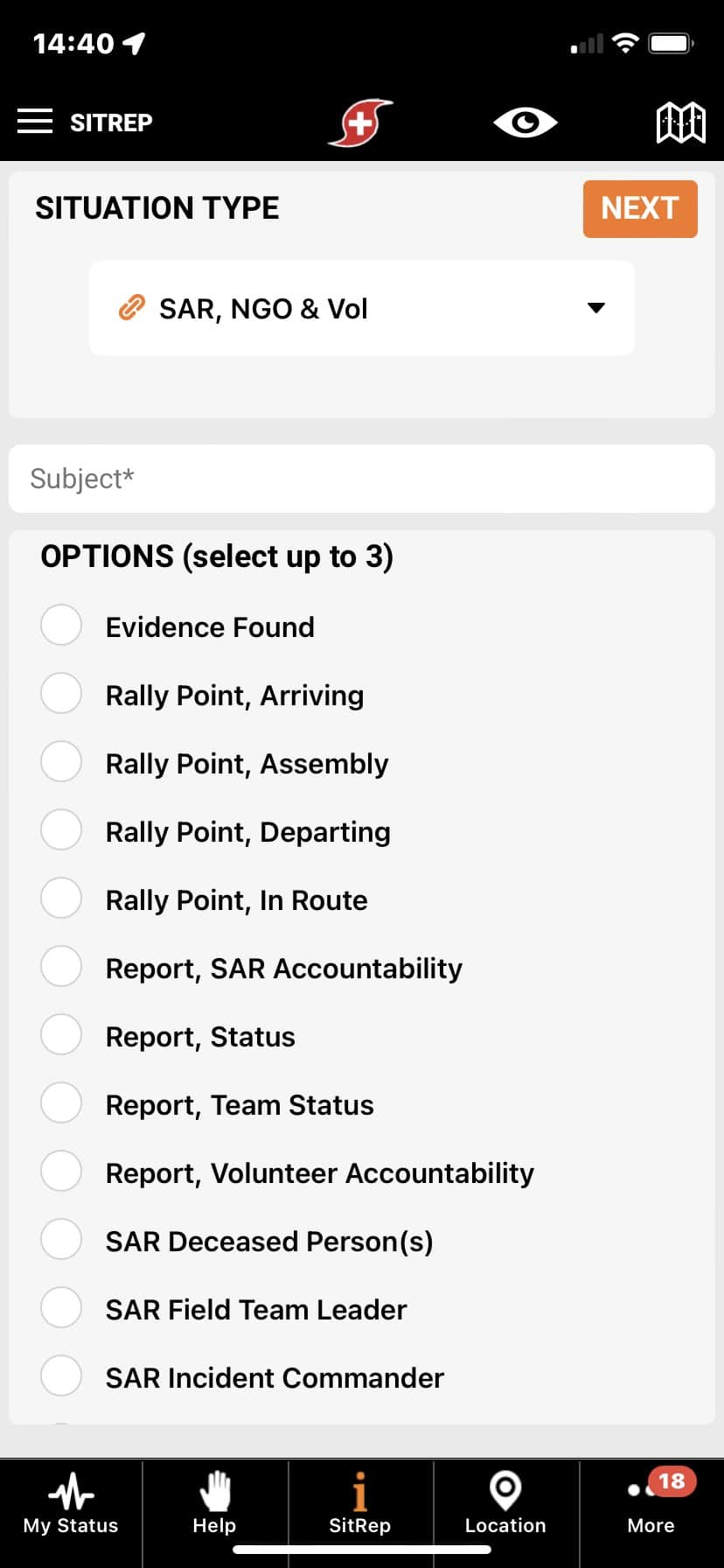
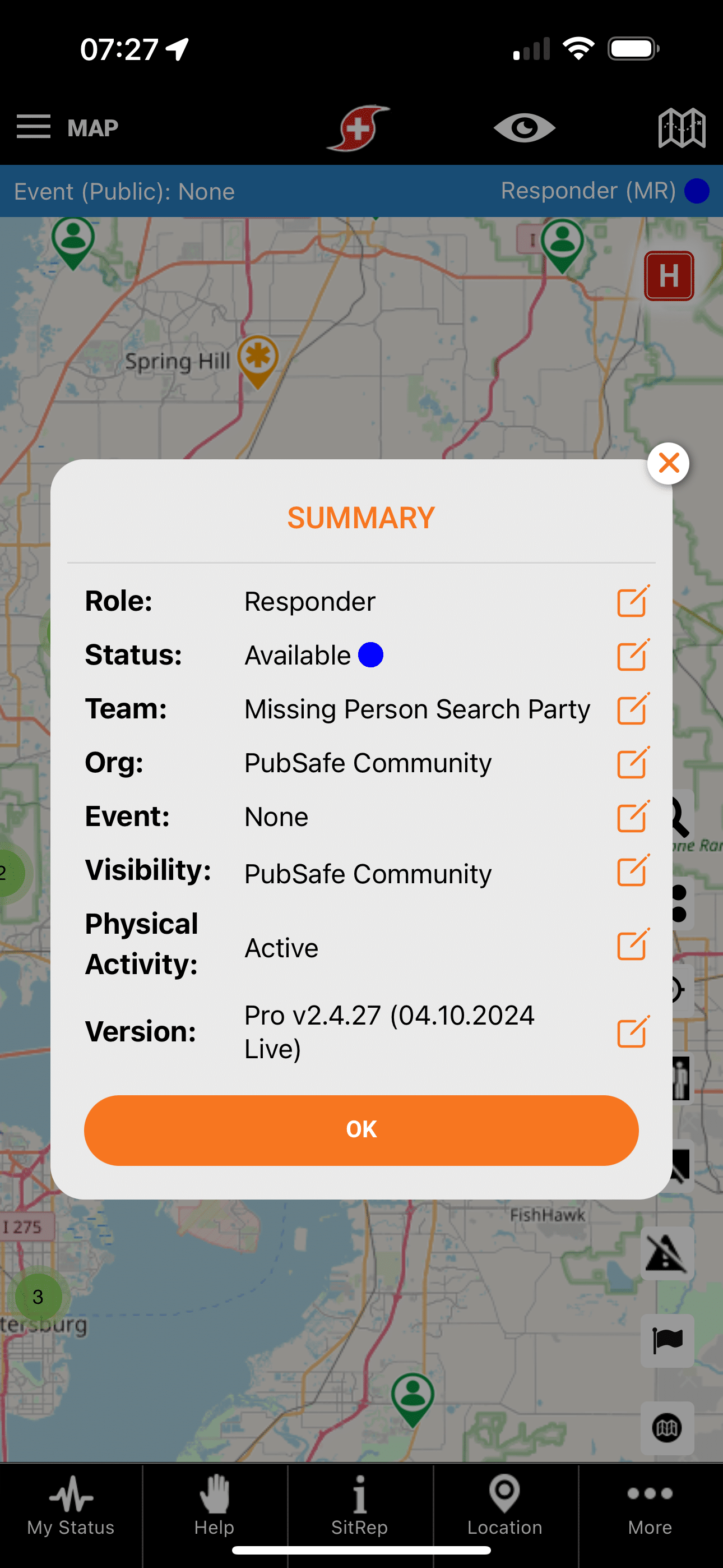

Predicting the Unpredictable: AI for Early Warning and Forecasting
Predicting disasters before they happen is no longer science fiction. AI systems analyze vast amounts of data—from weather patterns and seismic activity to historical disaster trends and social vulnerability indicators—to flag emerging threats. For instance, advanced models can now forecast the path and intensity of hurricanes with greater accuracy or predict flood risks weeks in advance by integrating satellite imagery, rainfall data, and hydrological models.
For NGOs, these early warnings are critical. With access to real-time, granular insights, organizations can mobilize resources, pre-position supplies, and initiate evacuations before a disaster strikes, ultimately saving lives and reducing humanitarian impact.
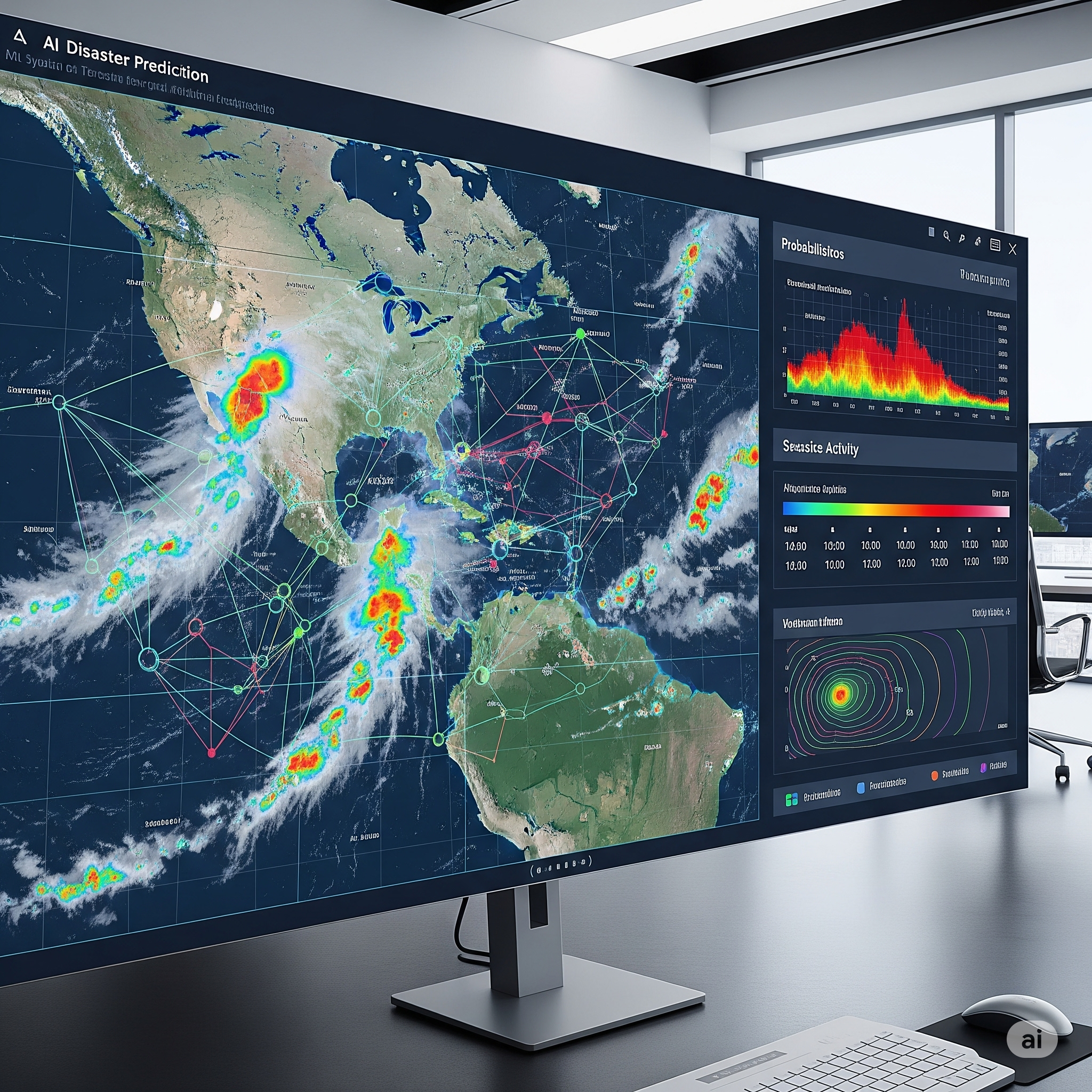
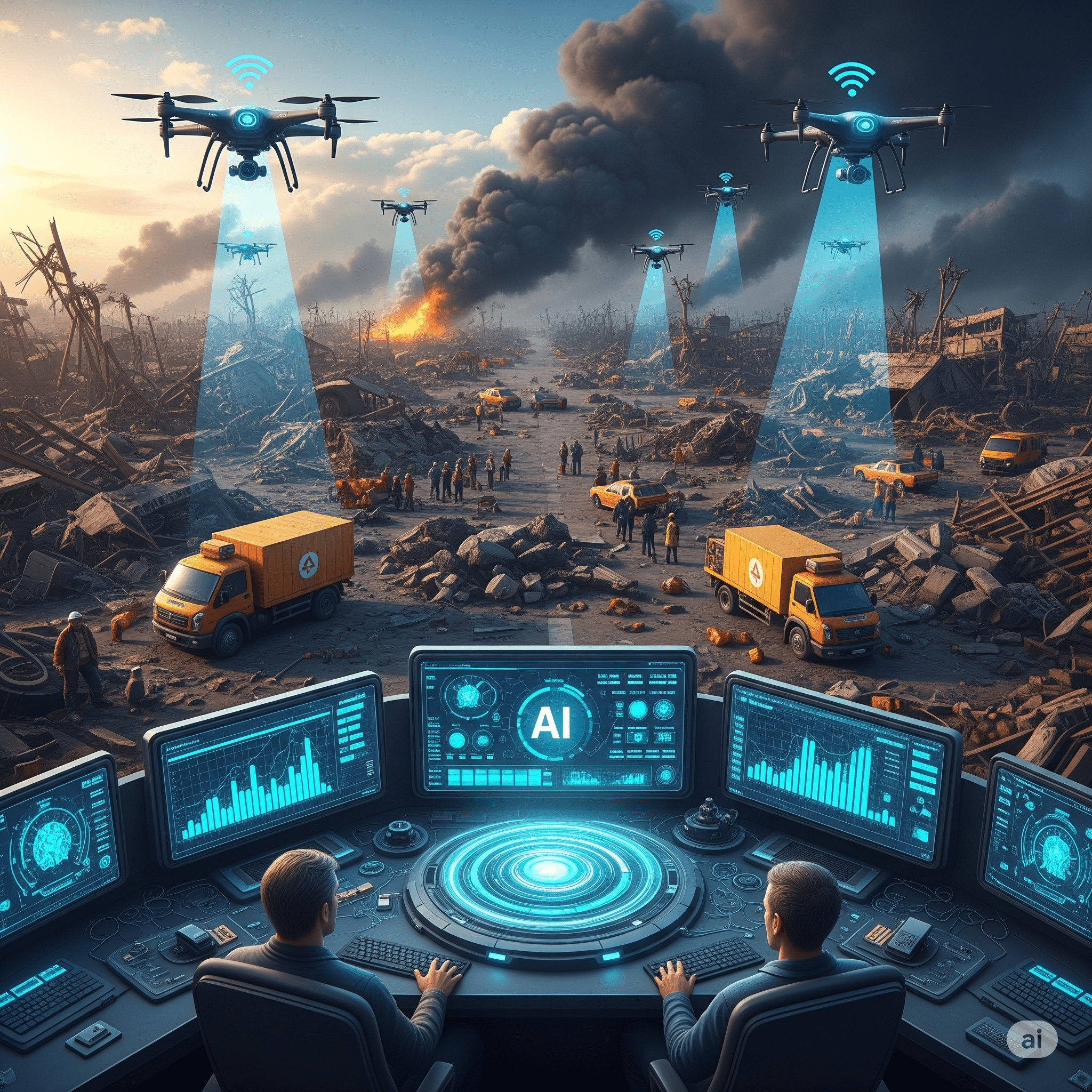
Eyes in the Sky, Boots on the Ground:
Real-Time Situational Awareness
When a disaster unfolds, accurate, real-time information is as critical as medicine or food. AI-powered tools, including drones and satellite imagery, offer NGOs an unparalleled view of the situation on the ground. These tools can rapidly:
-
Assess damage: Automatically detect damaged infrastructure, identify collapsed buildings, and map affected areas.
-
Map accessibility: Pinpoint blocked roads, assess bridge integrity, and identify inaccessible regions, guiding the most efficient routes for aid delivery.
-
Locate vulnerable populations: Identify makeshift settlements or areas where people might be stranded.
After the devastating earthquakes in Turkey and Syria, for example, AI-driven platforms rapidly processed satellite imagery to provide detailed assessments of building damage, allowing NGOs to direct relief efforts strategically and avoid wasting precious time and resources.
Smarter Logistics and Coordinated Response
Many NGOs juggle complex logistics across challenging terrains. AI acts as a sophisticated digital coordinator, optimizing every step of the aid delivery process:
-
Supply chain optimization: AI algorithms can determine the most efficient routes for delivering food, water, and medical supplies, considering factors like road conditions, security risks, and real-time demand.
-
Resource allocation: By analyzing needs assessments and available resources, AI can recommend where to deploy personnel and supplies for maximum impact.
-
Enhanced communication: During Hurricane Harvey, AI analyzed social media posts and crisis hotlines to identify people in distress, enabling NGO-led response teams to reach vulnerable individuals faster. Similarly, AI-driven language tools provide real-time translation, bridging communication gaps in multicultural or multilingual settings and ensuring critical information reaches affected communities without delay.
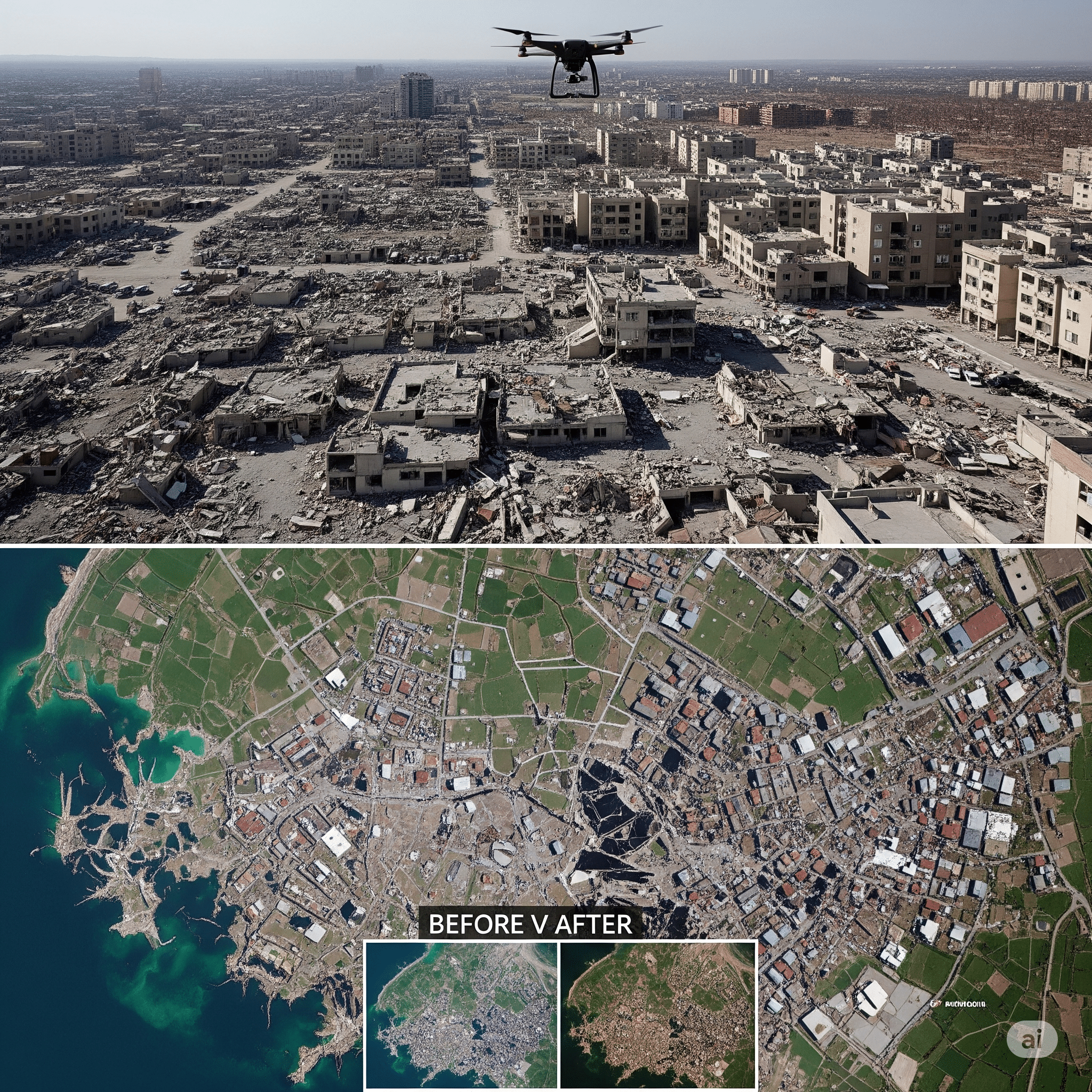
Strengthening Recovery and Building Long-Term Resilience
Disaster relief doesn’t end when the immediate crisis subsides. AI plays a crucial role in the long-term recovery and resilience-building phases:
-
Rebuilding strategies: AI can model the impact of different rebuilding approaches, helping communities and NGOs design infrastructure that is more resilient to future shocks. For example, AI can simulate how new construction might withstand various climate hazards.
-
Risk reduction: By analyzing historical data and climate projections, AI can identify areas at high risk for future disasters, informing proactive measures like early warning system improvements, resilient housing initiatives, or reforestation projects.
-
Economic recovery: AI can help identify the most impacted sectors and communities, guiding economic recovery programs and supporting livelihoods.
A Call to Action for NGOs: Embracing the AI Advantage
For NGOs, adopting AI doesn’t mean transforming into tech giants. The key lies in strategic partnerships with tech firms, leveraging accessible open-source tools, and participating in collaborative platforms. Whether it’s predicting floods, optimizing supply chains, assessing damage, or planning resilient recovery, AI is here to supercharge your mission—not replace the vital human connection and compassion that define your invaluable work.
How might your organization begin to integrate AI to enhance its disaster preparedness and response efforts?

